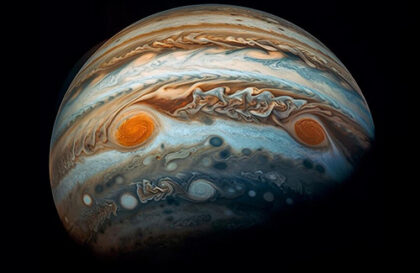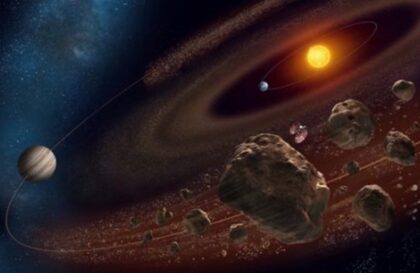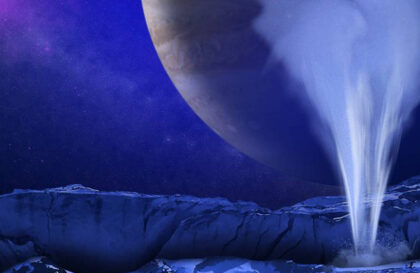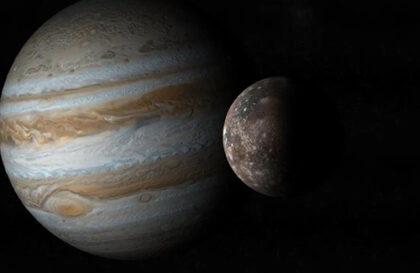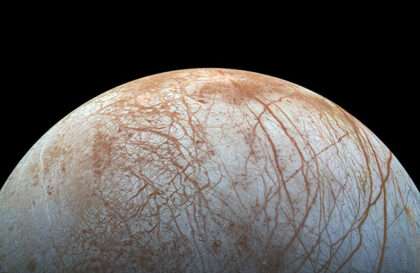Scientists have spotted 12 more moons around Jupiter, adding to an already huge number that only seems to grow and grow.
There are so many moons around this gas-giant planet that astronomer Scott Sheppard of the Carnegie Institution’s Earth and Planetary Science Laboratory in Washington is struggling to keep track of them.
As of February 2023, there are 92 of them, which makes Jupiter the record holder for the number of known satellites. It even surpassed Saturn, which has 83 of them.
Sheppard’s team is tracking several more satellites. Once they are confirmed, the number of Jupiter’s moons will exceed 100.
Why look for new satellites?
Continuing the search for new moons of Jupiter is of great importance. By finding a satellite in a favorable orbit, a Jupiter-bound spacecraft will be able to approach it and study its composition, providing scientists with important data.
This is critical because Jupiter’s small outer satellites remain a mystery. It is believed that they may be remnants of the primordial materials from which the largest planet in our solar system was formed. Deciphering the composition of these moons will help us better understand the origin and evolution of Jupiter and possibly other planets.
Small moons of Jupiter
Unlike the large “Galilean” moons with volcanoes and oceans, the small moons of Jupiter discovered by Sheppard are far away and measure about 1 kilometer. A person can walk around them in 10-12 minutes. Their shape is elongated, with jagged edges and probably many craters. They are believed to represent fragments of larger moons that were destroyed by collisions over time.
Credit: Stocktrek Images/Getty/MARK GARLICK/SCIENCE PHOTO LIBRARY/Getty
Researchers suggest that there were initially only a few parent moons that were destroyed as a result of collisions with other moons or comets. However, the origin of these parent moons remains a mystery.
Several space missions are headed to Jupiter’s larger moons, including the European Space Agency’s JUICE mission (launching April 2023) and NASA’s Europa mission (launching 2024), promising to bring discoveries into the study of these mysterious moons.
The International Astronomical Union has not decided on the minimum size of the satellite. He only decided that they would not give names to moons smaller than 1 kilometer in size.
Who has more? Race between Jupiter and Saturn
One strange satellite of Jupiter rotates very far from the planet and in the opposite direction from the others, against the movement.
Saturn, after the appearance of new moons, took the lead from Jupiter in 2019 in terms of the number of satellites. But now Jupiter is again the leader of the race.
There may be hundreds more moons between Jupiter and Saturn, and Uranus and Neptune also have undetected outer moons. Researchers are looking for moons around other planets, including Mercury. None have been found around Mars or Venus yet.
Banner image:An illustration of the orbits of Jupiter’s moons, not including its newly found 12 moons. (Image credit: Roberto Molar-Candanosa, courtesy of Carnegie Institution for Science)
Image credit:
https://www.space.com
https://www.unilad.com

